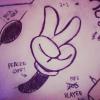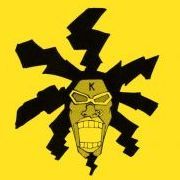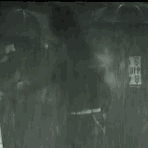-
hello 2024!
supertalk is free to browse as a guest. You need to be a member to participate in discussions or buy and sell on the classifieds.
Classifieds listings are now free for members.
supertalk is now upgraded to //// supertalk 8 ////
______________________________________
New membership is $US 1 / month
Payable $US 6 / every 6 months
You can cancel renewals prior to renewal date.
______________________________________
You can also become a premium superseller or supermember. Businesses who want to promote their brand and products need to become a supersponsor. superfuture® is privately owned and has been online continuously for 25 years. supertalk has been online for 21 years and is a digital cockroach that will survive all current and future apocalypses.
-
Similar Content
-
- 0 replies
- 1371 views
-
- 0 comments
-
- 708 replies
- 117396 views
-
- 2 replies
- 3439 views
-
APC Petit Standard Raw Indigo Denim Jeans 32classified
By reallypeacedoff,
- apc
- petit standard
- (and 6 more)
- 0 replies
- 1848 views
-
-
Top 10 Active Viewed Topics
-
- 26758 replies
- 5962204 views
-
- 24120 replies
- 5829740 views
-
- 24722 replies
- 4299269 views
-
- 22877 replies
- 3339500 views
-
- 13528 replies
- 3150584 views
-
- 10643 replies
- 3085265 views
-
- 21108 replies
- 2690389 views
-
- 13243 replies
- 2655179 views
-
- 8531 replies
- 2334743 views
-
- 11340 replies
- 2299121 views
-











Recommended Posts
Join the conversation
You can post now and register later. If you have an account, sign in now to post with your account.